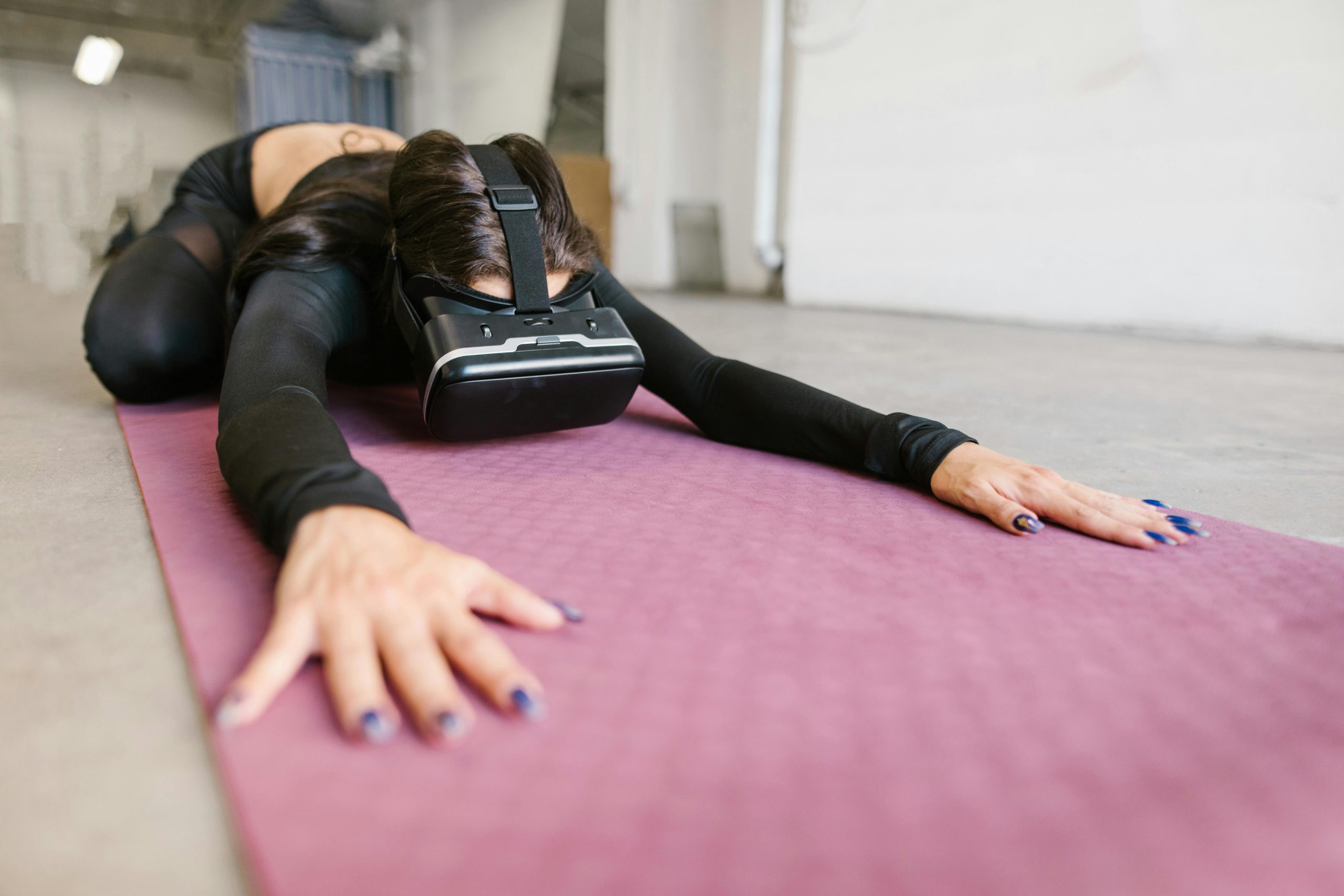In today’s fast-paced digital world, our minds are constantly bombarded with notifications, endless scrolling, and the pressure to stay connected. While technology offers incredible benefits, it can also contribute to stress, anxiety, and mental fatigue. Achieving digital wellbeing is essential for maintaining a calmer, more balanced mind. By adopting mindful habits and setting boundaries, you can reclaim control over your digital life and foster a healthier relationship with technology.
Set Clear Boundaries with Screen Time
One of the most effective ways to improve digital wellbeing is by setting clear boundaries around screen time. Constant exposure to screens can lead to mental exhaustion and disrupt sleep patterns. Here’s how you can create healthier habits:
- Schedule Screen-Free Time: Dedicate specific periods of the day—such as meals or the hour before bed—to being device-free.
- Use Built-in Tools: Many smartphones and apps offer screen time tracking and limits. Set daily usage caps for social media or entertainment apps.
- Turn Off Non-Essential Notifications: Limit interruptions by disabling notifications for apps that aren’t critical, allowing you to focus without constant distractions.
By consciously reducing screen time, you’ll create space for offline activities that promote relaxation and mental clarity.
Practice Mindful Technology Use
Mindfulness isn’t just for meditation—it can also transform how you interact with technology. Being intentional about your digital habits helps prevent mindless scrolling and reduces stress. Try these strategies:
- Check Your Phone with Purpose: Before unlocking your phone, ask yourself what you need to accomplish. Avoid opening apps out of habit.
- Take Regular Digital Breaks: Step away from screens every hour for a few minutes to stretch, breathe, or simply look away from the screen.
- Engage in Single-Tasking: Multitasking can overwhelm the brain. Focus on one task at a time, whether it’s replying to emails or browsing social media.
Mindful technology use encourages a more present and less reactive mindset, leading to a calmer mental state.
Curate a Positive Digital Environment
The content you consume online significantly impacts your mental wellbeing. A cluttered or negative digital space can contribute to stress and anxiety. Here’s how to create a more uplifting online experience:
- Unfollow or Mute Negative Influences: If certain accounts or feeds leave you feeling drained, unfollow them. Prioritize content that inspires or educates.
- Organize Your Digital Space: Delete unused apps, organize your home screen, and unsubscribe from unnecessary emails to reduce digital clutter.
- Seek Out Uplifting Content: Follow accounts that promote positivity, learning, or relaxation, such as mindfulness coaches or hobby-related pages.
A well-curated digital environment fosters a sense of calm and reduces unnecessary mental strain.
Prioritize Sleep and Digital Detoxes
Quality sleep is crucial for mental wellbeing, yet screens often interfere with rest. The blue light emitted by devices can disrupt sleep cycles, making it harder to unwind. Implement these habits for better sleep hygiene:
- Avoid Screens Before Bed: Power down devices at least an hour before bedtime to allow your mind to relax.
- Use Night Mode: Enable blue light filters on your devices in the evening to reduce eye strain and support melatonin production.
- Try a Digital Detox: Dedicate a day or weekend to disconnecting completely. Use this time to engage in offline hobbies, nature walks, or reading.
By protecting your sleep and taking regular breaks from technology, you’ll feel more refreshed and mentally balanced.
Foster Real-Life Connections
While digital communication keeps us connected, nothing replaces face-to-face interactions for mental wellbeing. Strengthening real-life relationships can reduce feelings of isolation and improve emotional health. Consider these steps:
- Schedule In-Person Meetups: Make time for coffee dates, walks, or gatherings with friends and family without digital distractions.
- Limit Social Media Comparisons: Remember that social media often showcases highlight reels. Focus on genuine connections rather than curated online personas.
- Engage in Offline Hobbies: Pursue activities like painting, sports, or volunteering that don’t involve screens and enrich your life beyond the digital realm.
Balancing online interactions with real-world connections nurtures deeper relationships and a more grounded mindset.
Digital wellbeing isn’t about abandoning technology—it’s about using it in a way that supports your mental health. By setting boundaries, practicing mindfulness, curating a positive digital space, prioritizing sleep, and fostering real-life connections, you can achieve a calmer and more balanced mind. Start small, experiment with these tips, and discover what works best for you. Your mind—and your future self—will thank you.
